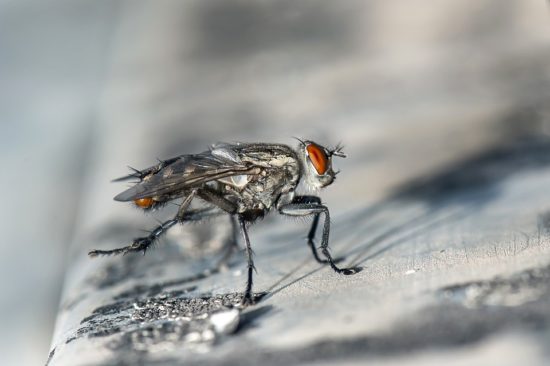Compelling evidence of the connection between AMR surgical-site infections and arthropods
12 October 2022
Oxford academics at the Ineos Oxford Institute (IOI), in partnership with other UK colleagues and collaborators in Peshawar, northern Pakistan, have published an article in Nature Microbiology, that for the first time, provides compelling evidence of connections between AMR bacteria causing surgical-site infections and arthropods. Key findings include:
- Approx. 20% of the flies, cockroaches, spiders, moths, and ants were carrying carbapenem resistance—a drug reserved for life-threaten infections.
- And 70–80% were carrying extended spectrum cephalosporin resistance—enzymes that confer resistance to most beta-lactam antibiotics, including penicillins, cephalosporins, and the monobactam aztreonam.
- Currently there are approximately 18 million flies to every human, but conservative global warming projections estimate insect and fly population will double if temperatures increase by 1.5 degrees.
- By 2080 there could be approx. 50,000 trillion flies carrying carbapenem resistance and spreading AMR across the planet.
Further reading: Pets Magazine
Author(s): Pets Magazine
Effective Surveillance Secure Foods
AMR NEWS
Every two weeks in your inbox
Because there should be one newsletter that brings together all One Health news related to antimicrobial resistance: AMR NEWS!





